By Rick VanSickle
When Graham Rennie decided to turn a small portion his Heron Pond vineyard on the Beamsville Bench into his own wine, the first one he bottled was an appassimento style Cabernet Franc.
It was a 2009 Cabernet Franc from a tiny block in the vineyard made from grapes dried for 65 days (in a greenhouse, back in the day), Rennie’s first attempt at the rich, concentrated style of big red wines he and his pals like to drink. He called it Gaia (the name was eventually changed to G, which is Rennie’s knick-name, to avoid any similarity to the iconic Italian Gaja family from the Piemonte region) and it was spectacular; intense with thick fruits, licorice, bramble bush, cherry-kirsch, mocha and firm oak notes that swirled and evolved in the glass.
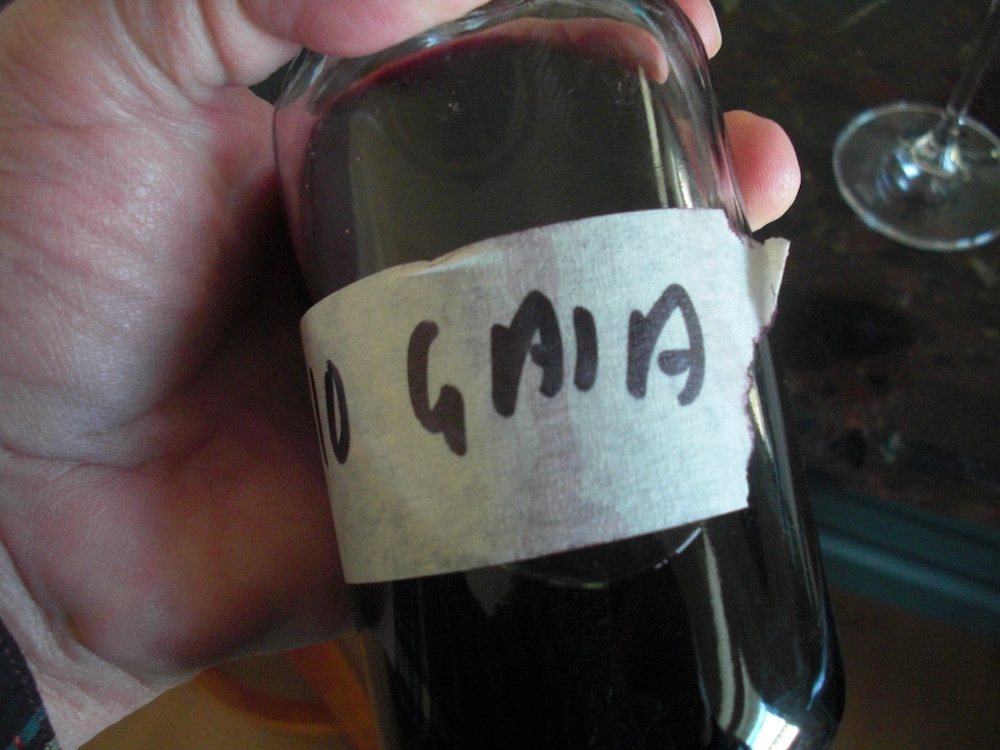
The 2009 Gaia was made from a single tonne of Cabernet Franc harvested at 22.5 brix and dried to 29 brix before pressing. It was modelled after a traditionally-made Amarone wine and finished at 17% alcohol. Graham knew he was on to something with what he called his first “super-Niagara wine” but wanted to perfect the drying method he was using to gain more control over temperature, humidity and the speed at which the grapes dried. The slower the process, the better the concentration.
He approached Vineland Research Station and helped fund a project to re-create the perfect conditions for drying grapes in a specially designed room. The 2011 vintage of his appassimento style wines were the first to be made in the new chamber at Vineland Research Station.
He now uses a custom-designed portable appassimento trailer, housed at Malivoire, with high-tech gadgetry to control the airflow and drying time, for his grapes.
The 2009 Gaia was never released commercially and a 100% Cabernet Franc appassimento Rennie wine was never produced again — that is, until now.
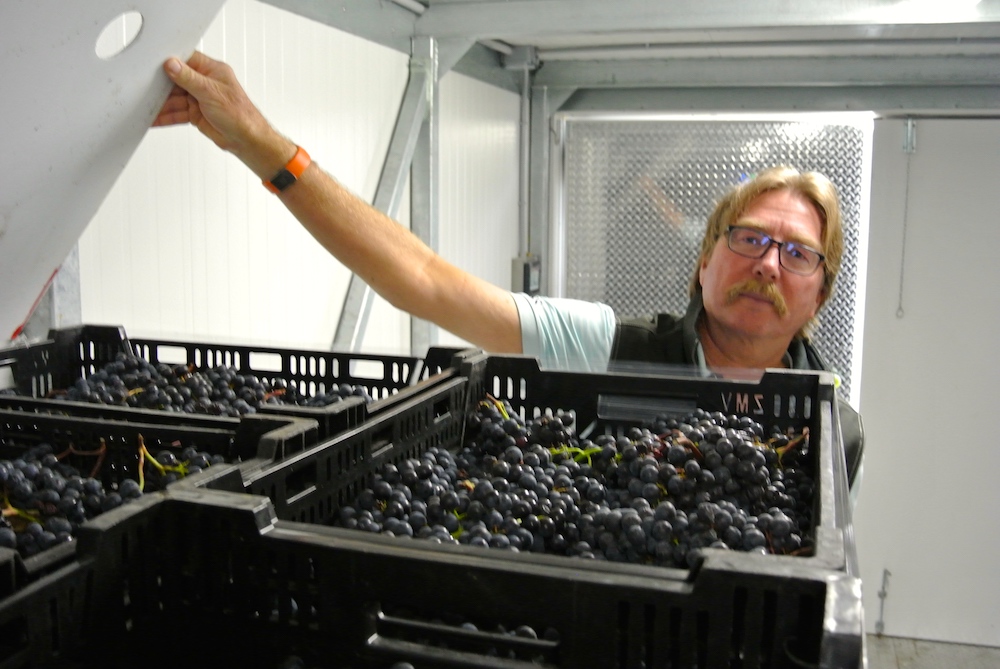
In the ensuing vintages, Rennie, above with dried grapes, made the G with a blend of his estate Bordeaux varieties — Cabernet Sauvignon, Cabernet Franc and Merlot — while his Super G is a 100% Cabernet Sauvignon dried for 68 days and aged in oak barrels for two years.
There is a special block of Cabernet Franc in the Heron Pond Vineyard that Rennie and winemaker Shiraz Mottiar (also winemaker at Malivioire) have identified as being perfect for the appassimento style and they decided to replicate the first wine they made with dried Cabernet Franc grapes from the hot 2016 vintage.
“It was a phenomenal year,” said Mottiar. “And the Cabernet Franc looked so good on its own. The fruit was amazing and it felt like the perfect time to focus on Cabernet Franc.”
As it turns out, The Colleen Adelaide’s Block Cabernet Franc 2016 (named after the daughter of the Rennies) is the best wine that has been made at Rennie Estate Vineyards, in my opinion. Everything is right about this wine, if you are a fan of highly concentrated, higher alcohol, complex and spicy reds from one of Niagara’s super star grapes. This is how far you can take appassimento in Niagara without going overboard, yet it still needs time in the cellar to be fully realized.
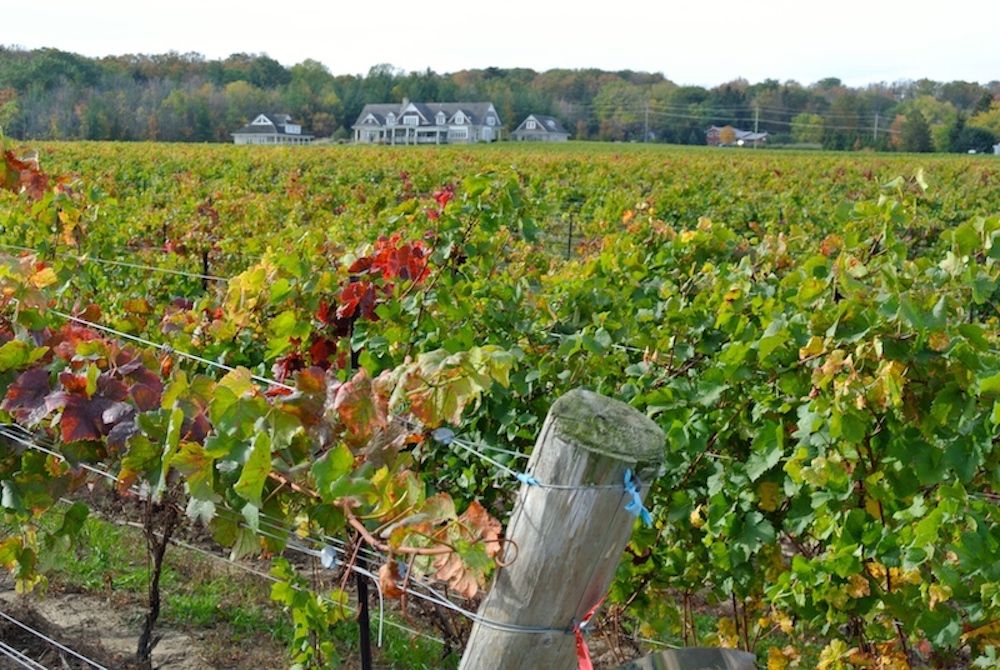
The Rennies purchased their vineyard in 1997, one of the oldest on the bench that was producing grapes in the early 1960s but was not growing fruit at the time of purchase. The vineyard is surrounded to the east by woodlands and ponds, to the north by Lake Ontario, and to the south by the protective shield of the Niagara escarpment. After leveling, grading, and under-draining the property in 1998, the couple planted five varietals in 1999 — Chardonnay (Dijon clone 76), Pinot Noir (Dijon clone 113), Cabernet Sauvignon (clone 169), Cabernet Franc (clone 210) and Merlot (clone 184). The majority of the fruit is sold to Arterra Canada (Jackson-Triggs) for many of the top wines made there. Rennie makes small amounts of Pinot Noir, Chardonnay, three appassimento style wines and a ripasso style wine called Scarpata. All the wines are made by Mottiar (who farms his own adjacent vineyard and home next to Rennie) and the wines are sold through the retail store at Malivoire and the wine club (members are invited Oct. 19 to purchase these wines first).
Quantities are limited (less than 50 cases of The Colleen and Super G 2016).
Here are reviews of the new releases (all available at Malivoire after Oct. 19 unless otherwise noted).
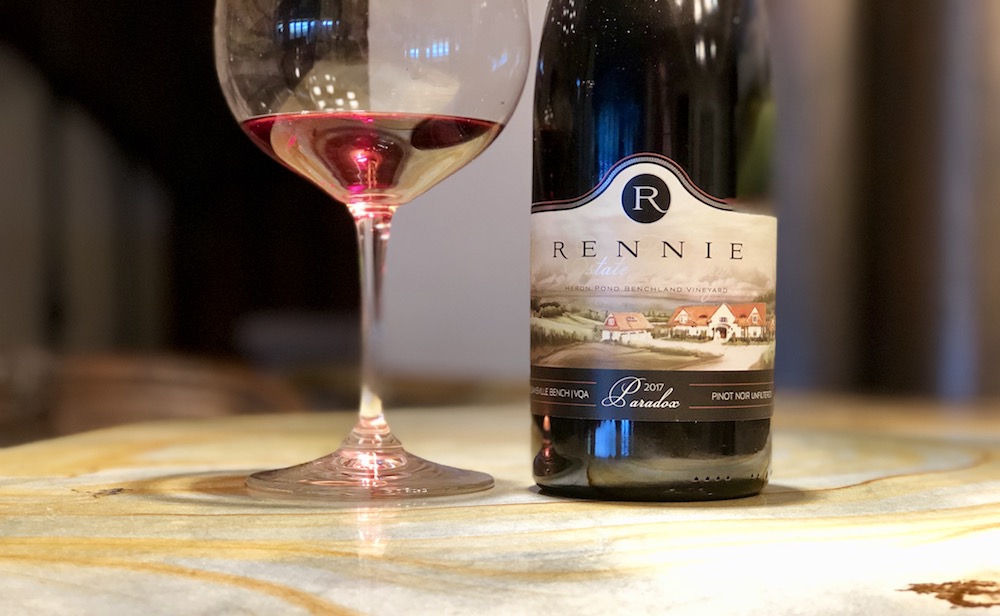
Rennie Estate Winery Paradox 2017 ($40, Malivoire now, 92 points) — This is bottled unfiltered after 17 months in French oak barriques. This has a highly perfumed nose of dark cherries, wild raspberries, minerals, oak spices and forest floor accents. The red fruits are bright and lively on the palate and work in harmony with the toasted oak spices, bramble and velvety tannins through a long, finessed finish.
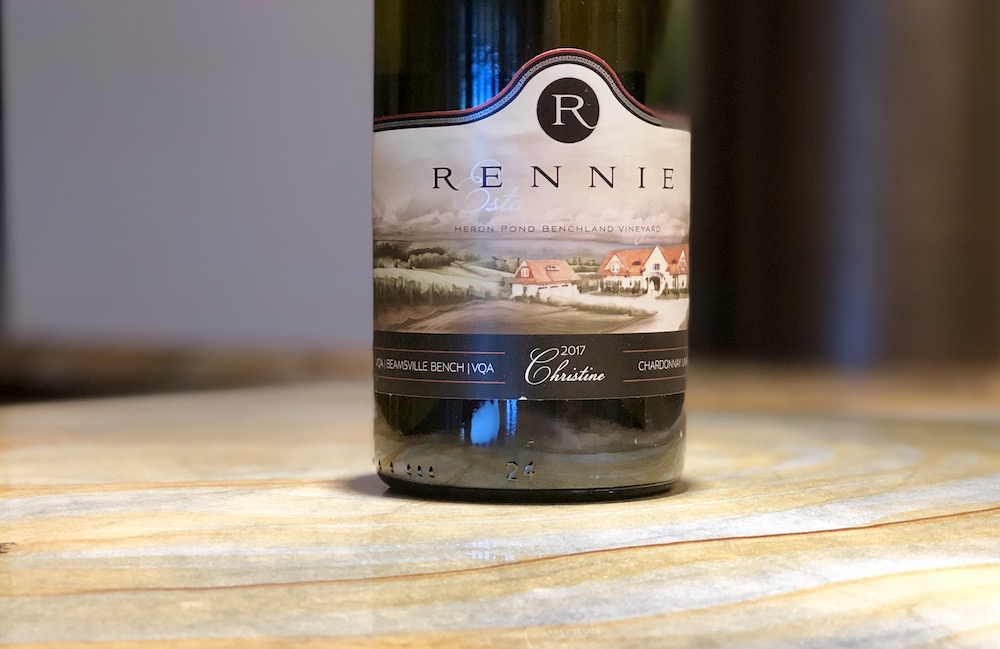
Rennie Estate Winery Christine Chardonnay 2017 ($40, 91 points) — A nose of poached pear, apple skin, flinty minerality and saline with forward spice notes. It’s rich and lavishly spiced on the palate with creamy pear/apple flavours, flint, depth and citrus accents to keep it lively through the finish.
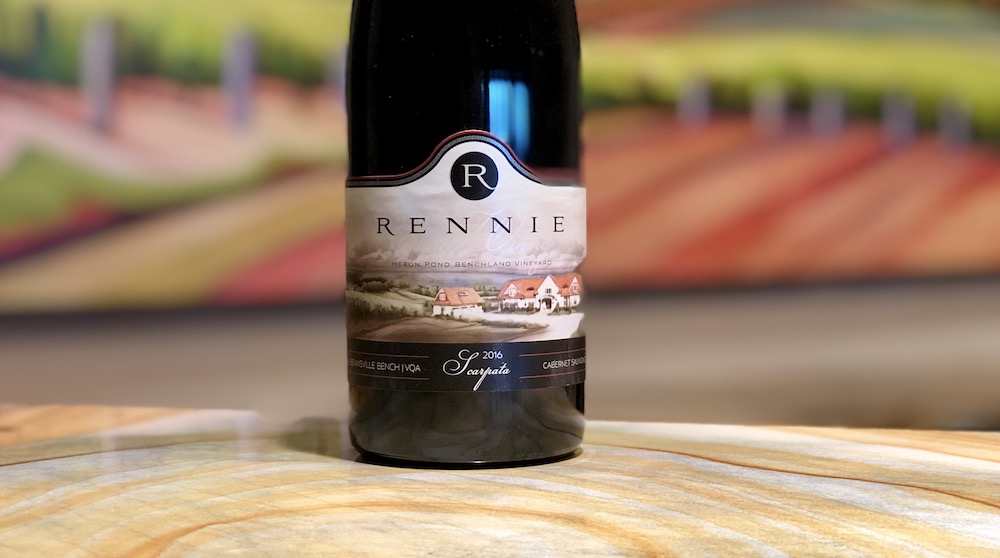
Rennie Estate Winery Scarpata 2016 ($45, 91 points) — Rennie freely admits that “Cabernet Sauvignon is really tough to ripen in Ontario — in any year. You need a really good vintage and a lot of time. It softens and becomes more approachable,” he says. He calls this ripasso style of wine “Cabernet Sauvingon squared” after the wine is passed over the skins from the full appassimento style G wine below and undergoes a second fermentation. It’s aged in French oak for 24 months. Such a gorgeous nose of perfumed blackberries, kirsch, oak spices, raspberries, cherries and concentrated black currants. It has powerful notes of thick black cherries, currants and anise on the palate with rich spice notes, medium tannins and a tangy note on the long finish. Can cellar 5+ years for further integration.

Rennie Estate Winery G 2016 ($60, 92 points) — This is Rennie’s full appassimento style red that is a blend of Cabernet Sauvignon, Merlot and Cabernet Franc. It’s dried in a custom trailer for up to 73 days “as slow as I can.” The fruit loses 30% of its weight from the drying and is finished at 29.1 Brix and 16.1% abv. It spends 24 months in French oak barrels. “This is exactly the kind of wine I wanted to produce in my small lot format,” Rennie says. The nose is expressive and layered with concentrated black currants, blackberries, sweet tobacco, loam, mocha, thick spice notes, graphite, plums and crushed red berries. It’s big, bold and structured on the palate with firm tannins, a full range of dark fruits, earth, raspberry jam, chocolate, eucalypt, savory notes, length through the finish and richness to the end all propped up by racy acidity. Just a beautiful wine that carries the 16.1% abv well. Can cellar 10+ years.
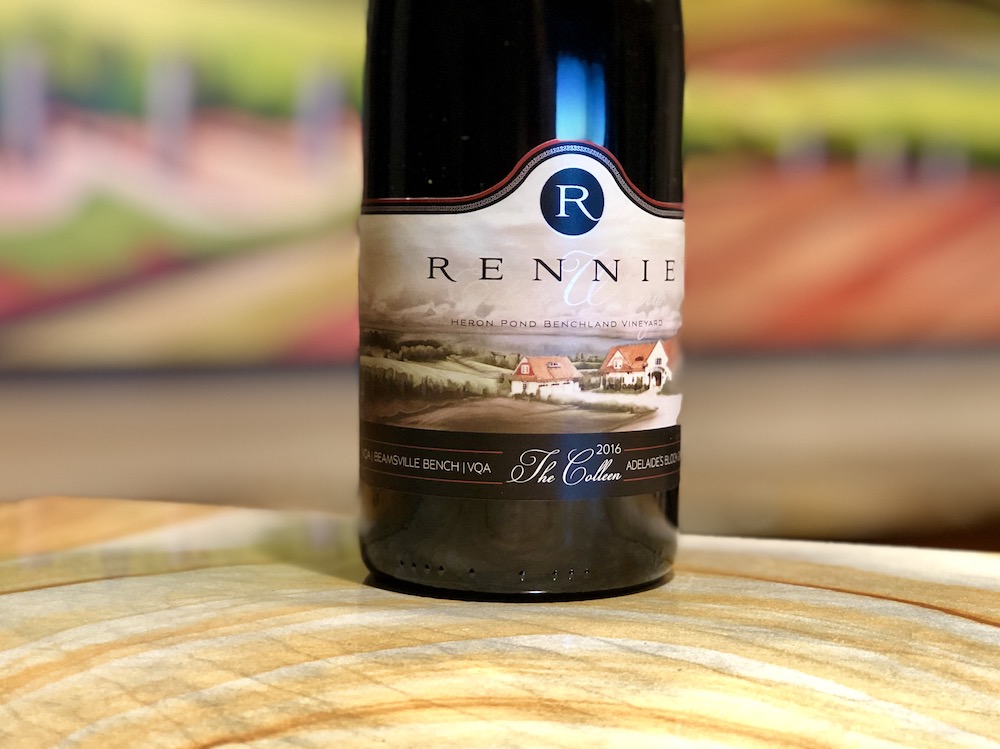
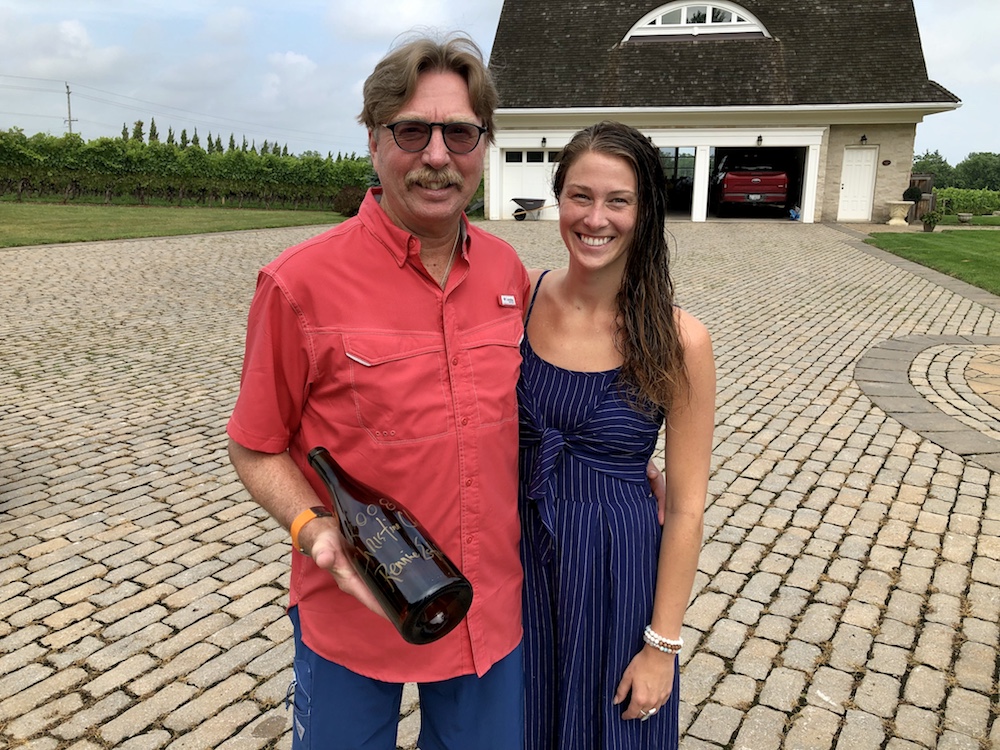
Rennie Estate Winery The Colleen Adelaide’s Block Cabernet Franc 2016 ($125, 94 points) — As mentioned above, the first 100% Cabernet Franc appassimento wine since the debut “Gaia” that was not released commercially from the 2009 vintage. 100% of the Cab Franc was dried for 68 days to 29 Brix and 16.5% abv. It was aged for 24 months in French oak barrels, half of which were new barrels. The wine is named after Colleen Rennie (above), the daughter of Graham and Christine. A stunningly expressive nose already for such a big new wine with notes of wild forest berries, black cherries, savoury spices, campfire smoke, a lifted floral note, wild raspberry bramble, black currant jam, subtle herbs and eucalypt. The texture is silky smooth and luxurious with ripe tannins and a highly concentrated and complex array of raspberries, black cherries, cassis, licorice, herbs, rousing oak spices and a finish that goes and on and on. This is a very young wine that can be cellared 10-15 years. It would be interesting to watch where it can go. If drinking now, decant for two hours minimum. Bravo!
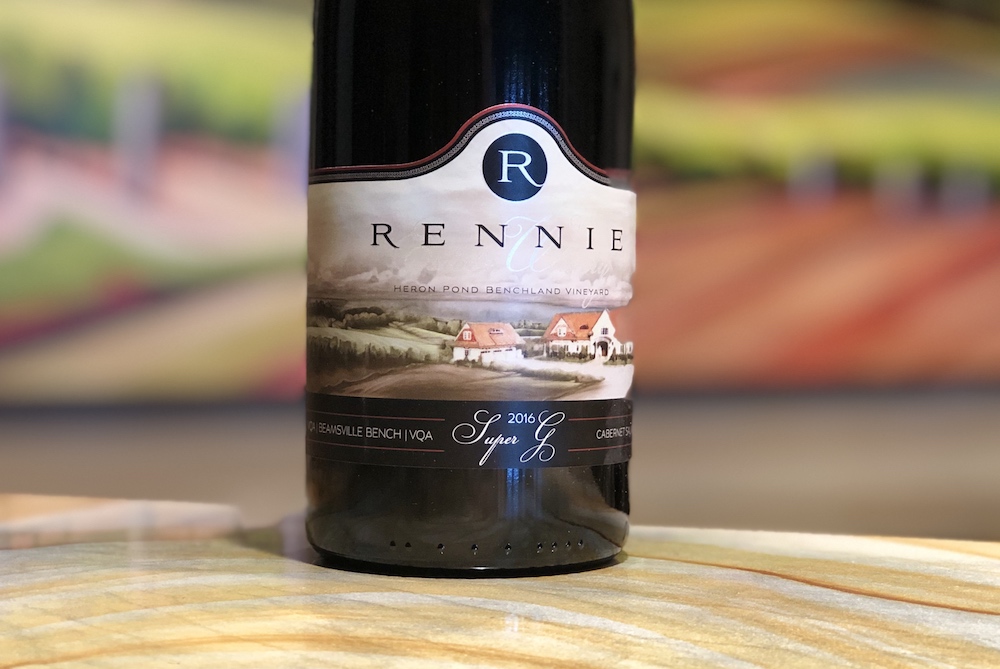
Rennie Estates Winery Super G 2016 ($125, magnums available, 93 points) — This 100% Cabernet Sauvignon was made similarly to the Colleen above with full appassimento for 68 days to concentrate the fruit and take the Brix from 24 at picking to 29 in the drying chamber. It spent 24 months in French oak. Another massive wine with a nose of saturated blackberries, black currants, anise, thick barrel spice notes, minerals and subtle jammy red fruit accents. It’s juicy and rich on the palate with the full range of dark berries, sweet tobacco notes and spices, polished tannins, highly structured and textured through a surprisingly finessed finish. Such flavour and ripeness for a Niagara Cabernet Sauvignon. Cellar 10+ years.






Comment here